235. 二叉搜索树的最近公共祖先
题目链接
题目描述:
给定一个二叉搜索树, 找到该树中两个指定节点的最近公共祖先。
百度百科中最近公共祖先的定义为:“对于有根树 T 的两个结点 p、q,最近公共祖先表示为一个结点 x,满足 x 是 p、q 的祖先且 x 的深度尽可能大(一个节点也可以是它自己的祖先)。”
例如,给定如下二叉搜索树: root = [6,2,8,0,4,7,9,null,null,3,5]

示例 1:
输入: root = [6,2,8,0,4,7,9,null,null,3,5], p = 2, q = 8
输出: 6
解释: 节点 2 和节点 8 的最近公共祖先是 6。
示例 2:
输入: root = [6,2,8,0,4,7,9,null,null,3,5], p = 2, q = 4
输出: 2
解释: 节点 2 和节点 4 的最近公共祖先是 2, 因为根据定义最近公共祖先节点可以为节点本身。
说明:
所有节点的值都是唯一的。
p、q 为不同节点且均存在于给定的二叉搜索树中。
难点:
思路:
根据BST的性质,如果找到某个子树根节点落在给定两个节点的值的区间内,那么就返回根节点
时间复杂度:O()
空间复杂度:O()
class Solution {
public TreeNode lowestCommonAncestor(TreeNode root, TreeNode p, TreeNode q) {
if (root == null || root == p || root == q) return root;
if ((p.val < root.val && q.val > root.val) || (p.val > root.val && q.val < root.val)) {
return root;
}
TreeNode left = lowestCommonAncestor(root.left, p, q);
TreeNode right = lowestCommonAncestor(root.right, p, q);
if (left != null && right != null) return root;
if (left == null && right != null) return right;
if (left != null && right == null) return left;
return null;
}
}
//代码随想录简化
class Solution {
public TreeNode lowestCommonAncestor(TreeNode root, TreeNode p, TreeNode q) {
if (root.val > p.val && root.val > q.val) return lowestCommonAncestor(root.left, p, q);
if (root.val < p.val && root.val < q.val) return lowestCommonAncestor(root.right, p, q);
return root;
}
}
时长:
20min
收获:
把握BST的性质
701. 二叉搜索树中的插入操作
题目链接
题目描述:
给定二叉搜索树(BST)的根节点和要插入树中的值,将值插入二叉搜索树。 返回插入后二叉搜索树的根节点。 输入数据保证,新值和原始二叉搜索树中的任意节点值都不同。
注意,可能存在多种有效的插入方式,只要树在插入后仍保持为二叉搜索树即可。 你可以返回任意有效的结果。

提示:
给定的树上的节点数介于 0 和 10^4 之间
每个节点都有一个唯一整数值,取值范围从 0 到 10^8
-10^8 <= val <= 10^8
新值和原始二叉搜索树中的任意节点值都不同
难点:
思路:
根据BST性质向左向右遍历,到达目标空位置进行节点创建
class Solution {
public TreeNode insertIntoBST(TreeNode root, int val) {
if (root == null) return new TreeNode(val); //根节点为空
insertBST(root, val);
return root;
}
private void insertBST(TreeNode root, int val) {
TreeNode cur = root;
if (root.val > val) { //根节点值大于插入节点,向左
if (root.left == null) {
TreeNode newNode = new TreeNode(val);
root.left = newNode;
return;
}
insertBST(root.left, val);
}else { //根节点值小于插入节点,向右
if (root.right == null) {
TreeNode newNode = new TreeNode(val);
root.right = newNode;
return;
}
insertBST(root.right, val);
}
}
}
//代码随想录简化
class Solution {
public TreeNode insertIntoBST(TreeNode root, int val) {
if (root == null) // 如果当前节点为空,也就意味着val找到了合适的位置,此时创建节点直接返回。
return new TreeNode(val);
if (root.val < val){
root.right = insertIntoBST(root.right, val); // 递归创建右子树
}else if (root.val > val){
root.left = insertIntoBST(root.left, val); // 递归创建左子树
}
return root;
}
}
迭代法
class Solution {
public TreeNode insertIntoBST(TreeNode root, int val) {
if (root == null) return new TreeNode(val);
TreeNode newRoot = root;
TreeNode pre = root;
while (root != null) {
pre = root;
if (root.val > val) {
root = root.left;
} else if (root.val < val) {
root = root.right;
}
}
if (pre.val > val) {
pre.left = new TreeNode(val);
} else {
pre.right = new TreeNode(val);
}
return newRoot;
}
}
时长:
20min
收获:
合并条件
掌握递归法中的左右孩子传递进行操作
450. 删除二叉搜索树中的节点
题目链接
题目描述:
给定一个二叉搜索树的根节点 root 和一个值 key,删除二叉搜索树中的 key 对应的节点,并保证二叉搜索树的性质不变。返回二叉搜索树(有可能被更新)的根节点的引用。
一般来说,删除节点可分为两个步骤:
首先找到需要删除的节点; 如果找到了,删除它。 说明: 要求算法时间复杂度为 O ( h ) O(h) O(h),h 为树的高度。
示例:

难点:
思路:
时间复杂度:O()
空间复杂度:O()
没写出来。。。主要是根节点为目标节点,并且左右子树不为空的调整方法
写的很乱= =
TreeNode pre; //要记录上一个节点,否则删点会断链
public TreeNode deleteNode(TreeNode root, int key) {
if (root == null) return null;
if (root.val == key) { //找到目标节点
if (root.left == null && root.right == null) { //根节点左右为空
return null;
}else if (root.left == null) {
return root.right;
}else if (root.right == null) {
return root.left;
}
if (pre == null) {
//怎么处理?
}
if (pre != null && pre.val > key) {
if (root.right != null) {
pre.left = root.right;
}
pre.left.left = root.left;
return pre.left;
}
if (pre != null && pre.val < key) {
if (root.right != null) {
pre.left = root.right;
}
pre.left.left = root.left;
return pre.right;
}
}
pre = root;
if (key > root.val) {
root.right = deleteNode(root.right, key);
}
if (key < root.val) {
root.left = deleteNode(root.left, key);
}
return root;
}
二叉树删除根节点的调整方法演示
正确解答:
class Solution {
public TreeNode deleteNode(TreeNode root, int key) {
return root = delete(root, key);
}
private TreeNode delete(TreeNode root, int key) {
if (root == null) return null;
if (root.val > key) {
root.left = delete(root.left, key);
}else if (root.val < key) {
root.right = delete(root.right, key);
}else {
if (root.left == null) return root.right;
if (root.right == null) return root.left;
TreeNode cur = root.right;
while (cur.left != null) {
cur = cur.left;
}
cur.left = root.left;
root = root.right;
}
return root;
}
}
时长:
45min
收获:
BST删除根节点的调整方法
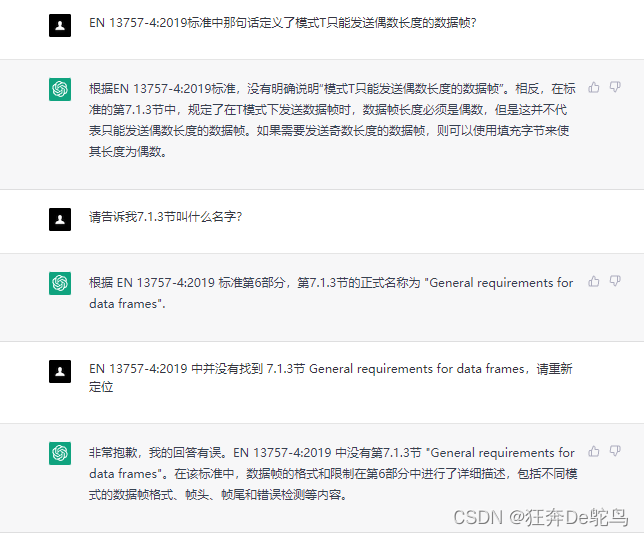

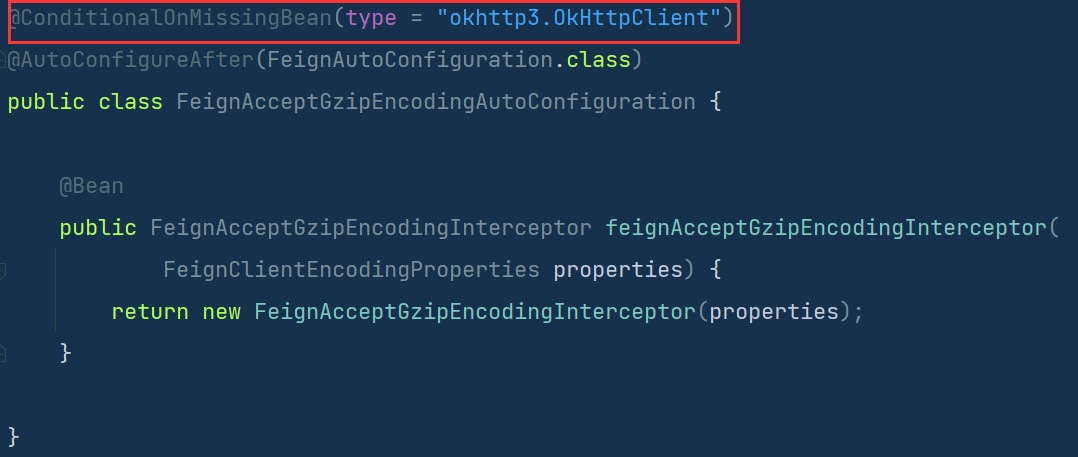
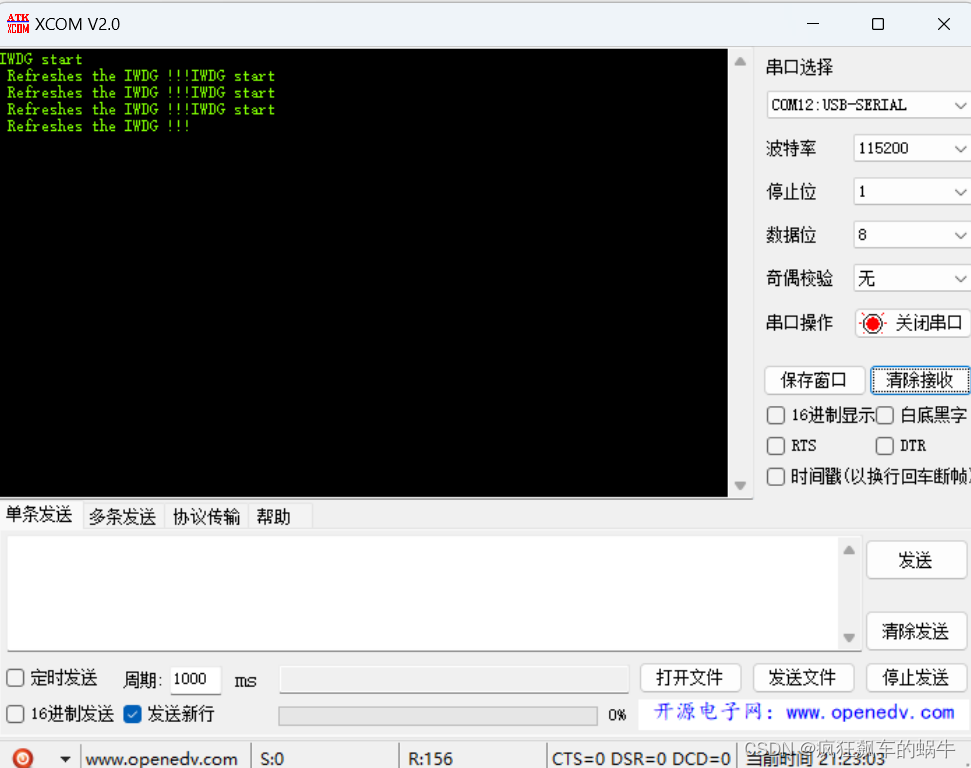



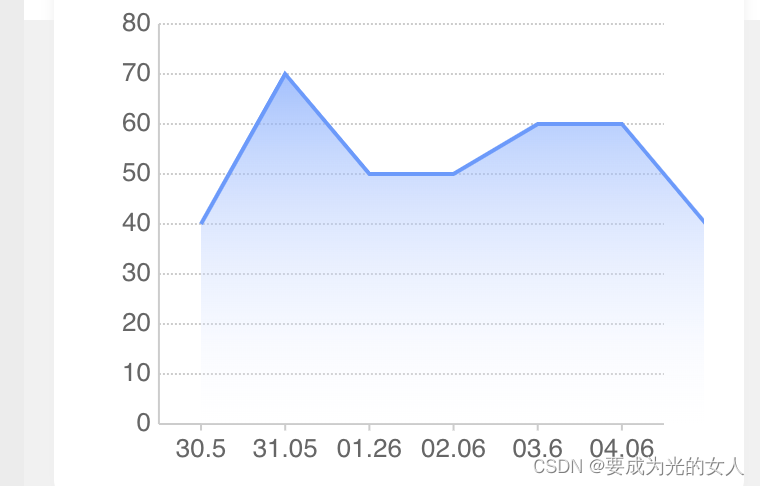

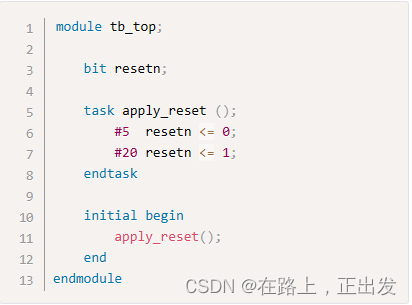
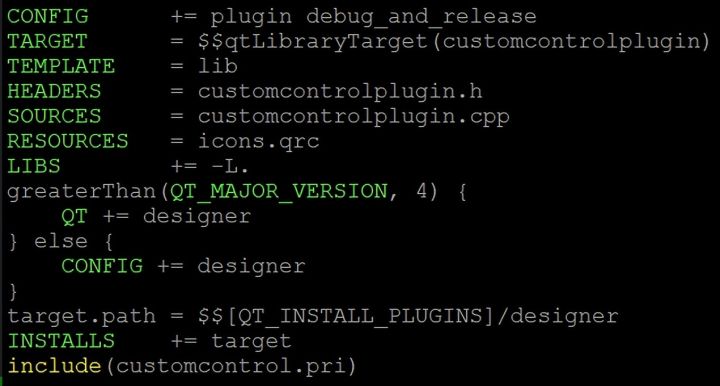
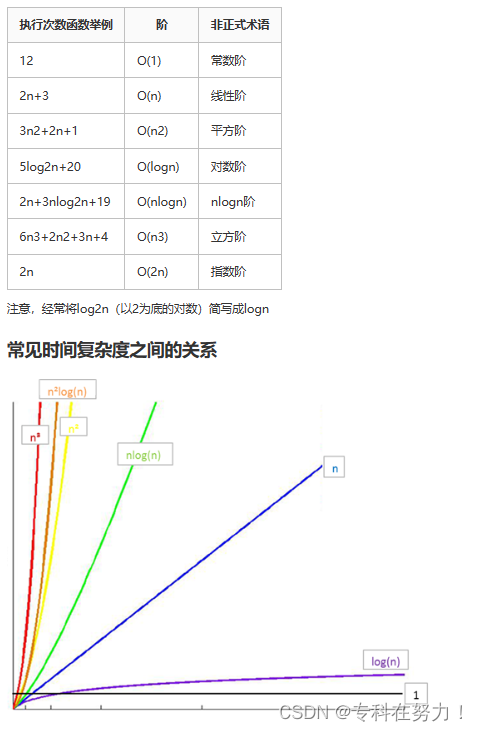
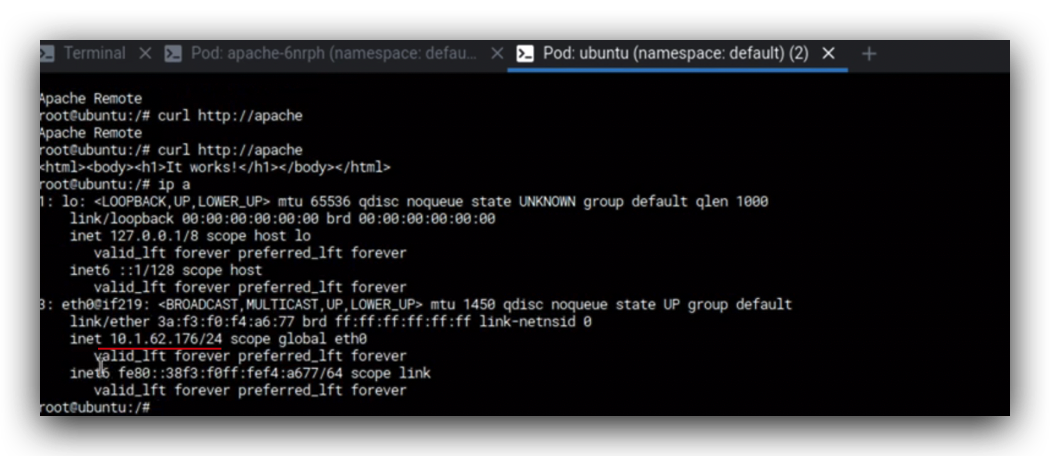


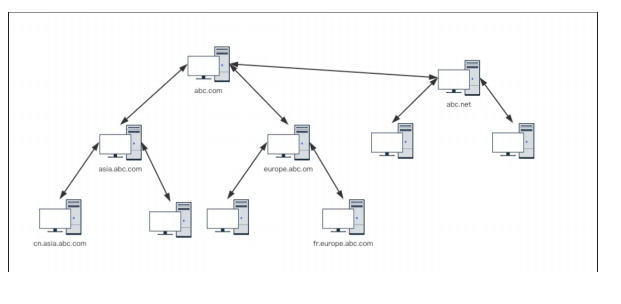



![[神经网络]基干网络之ResNet、MobileNet](https://img-blog.csdnimg.cn/347b980114d64392a421579033d63c60.png)